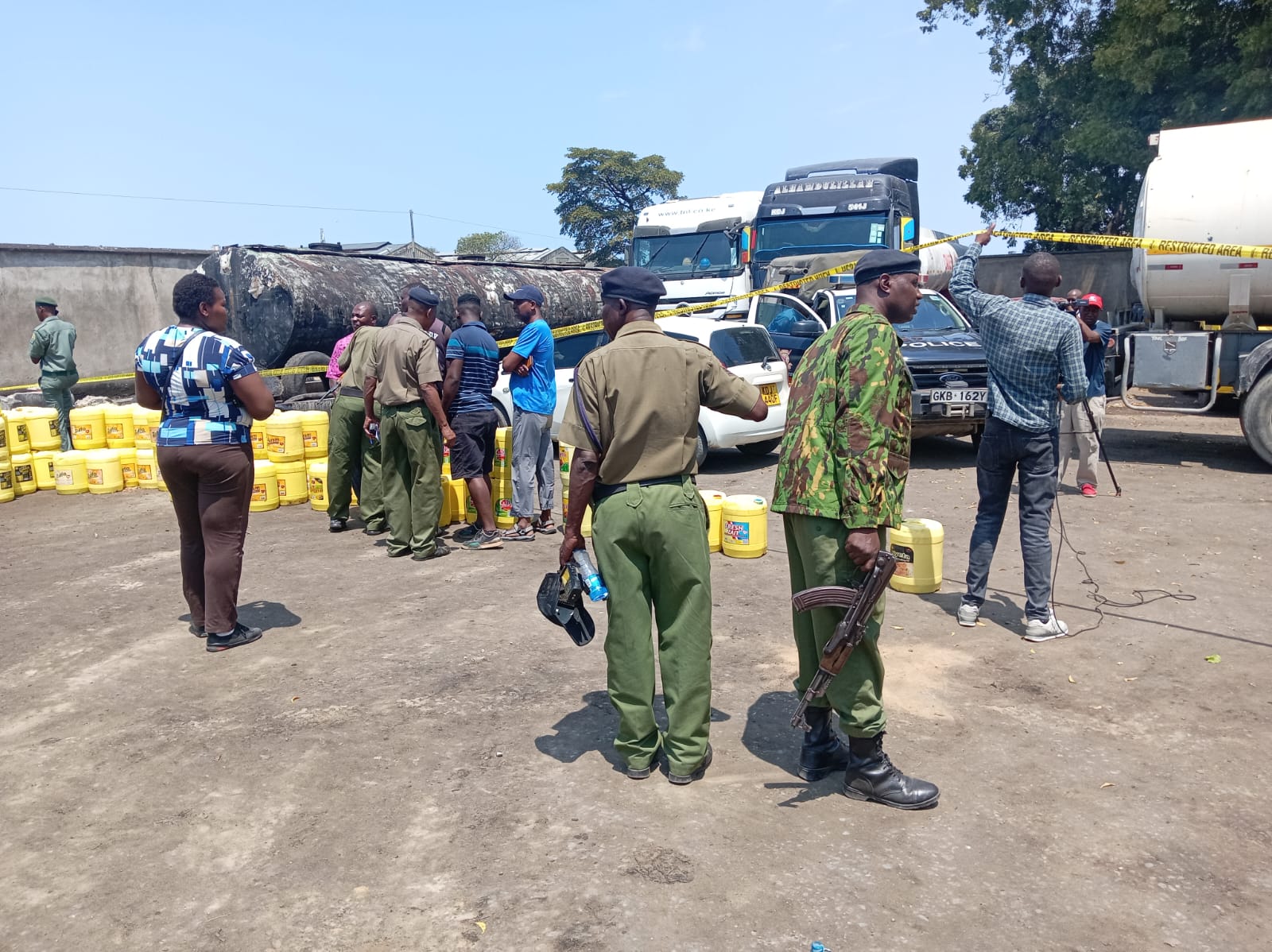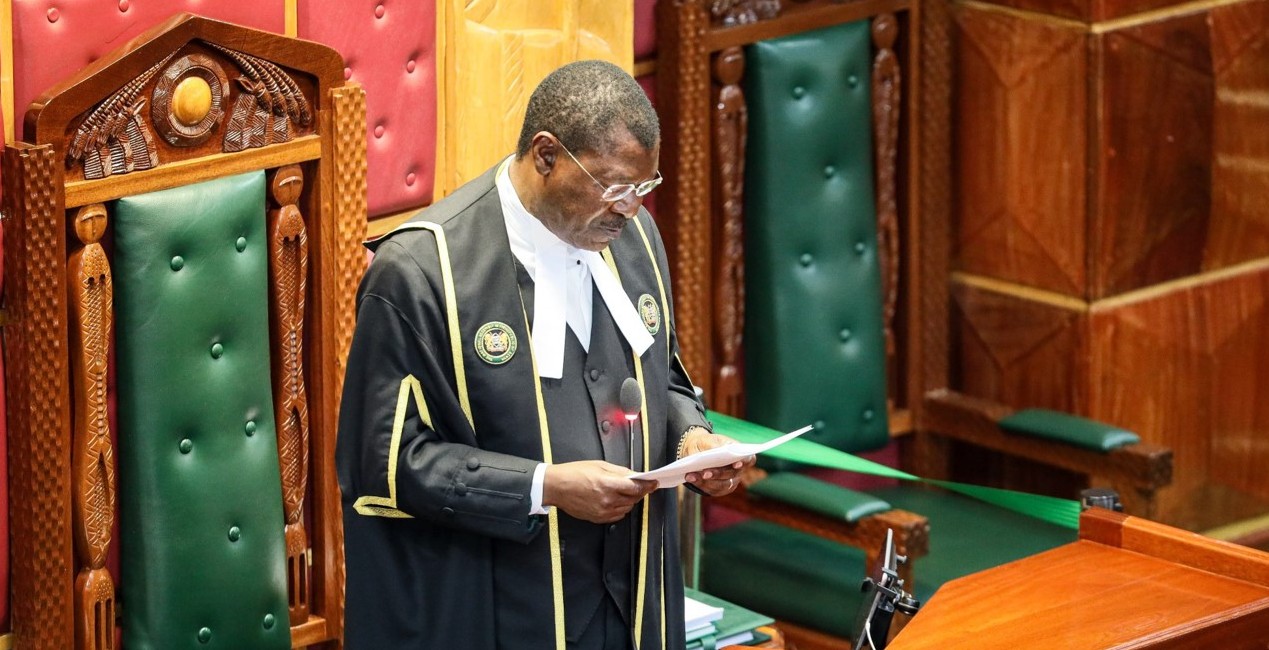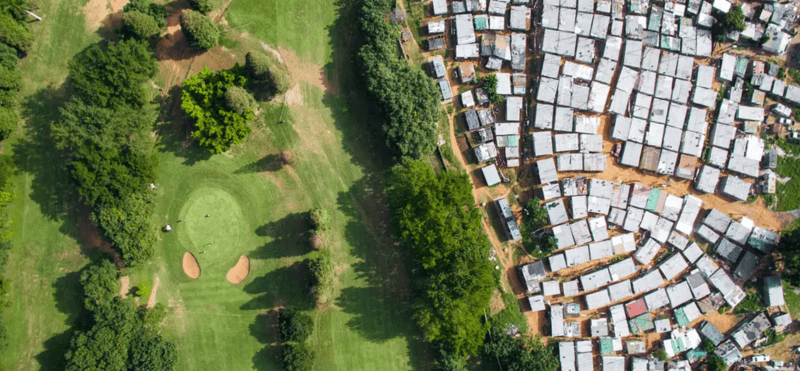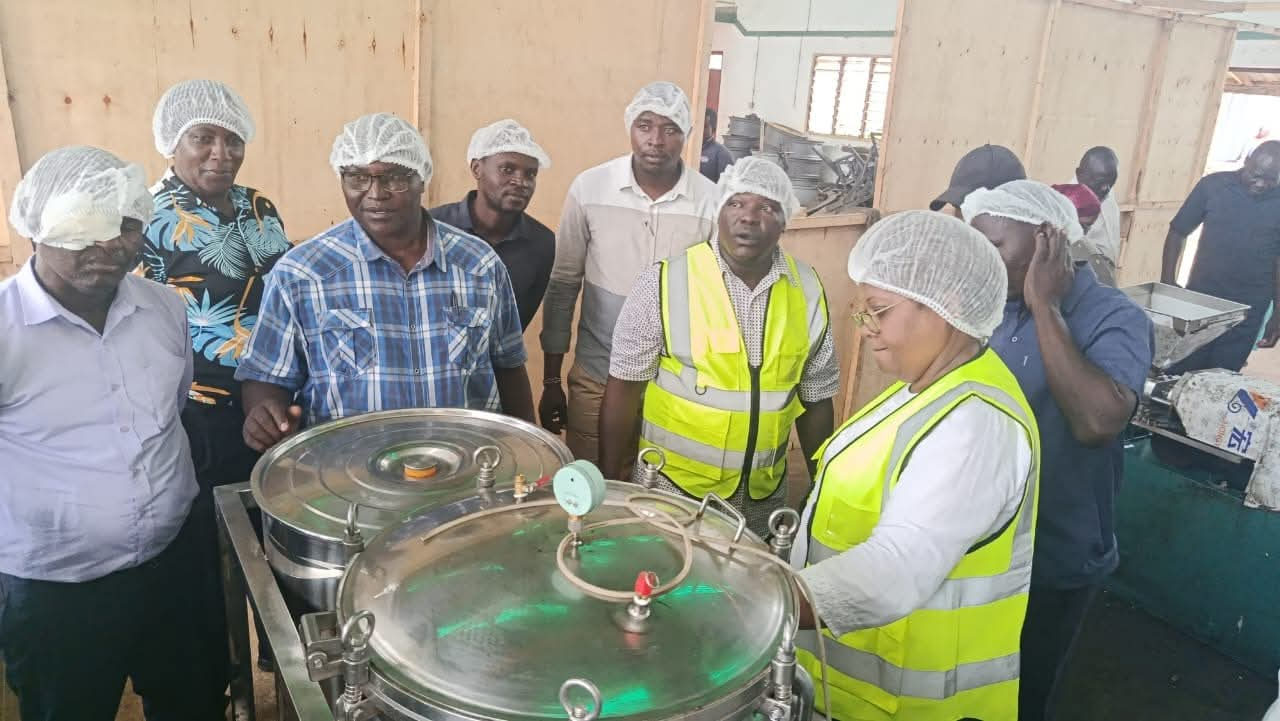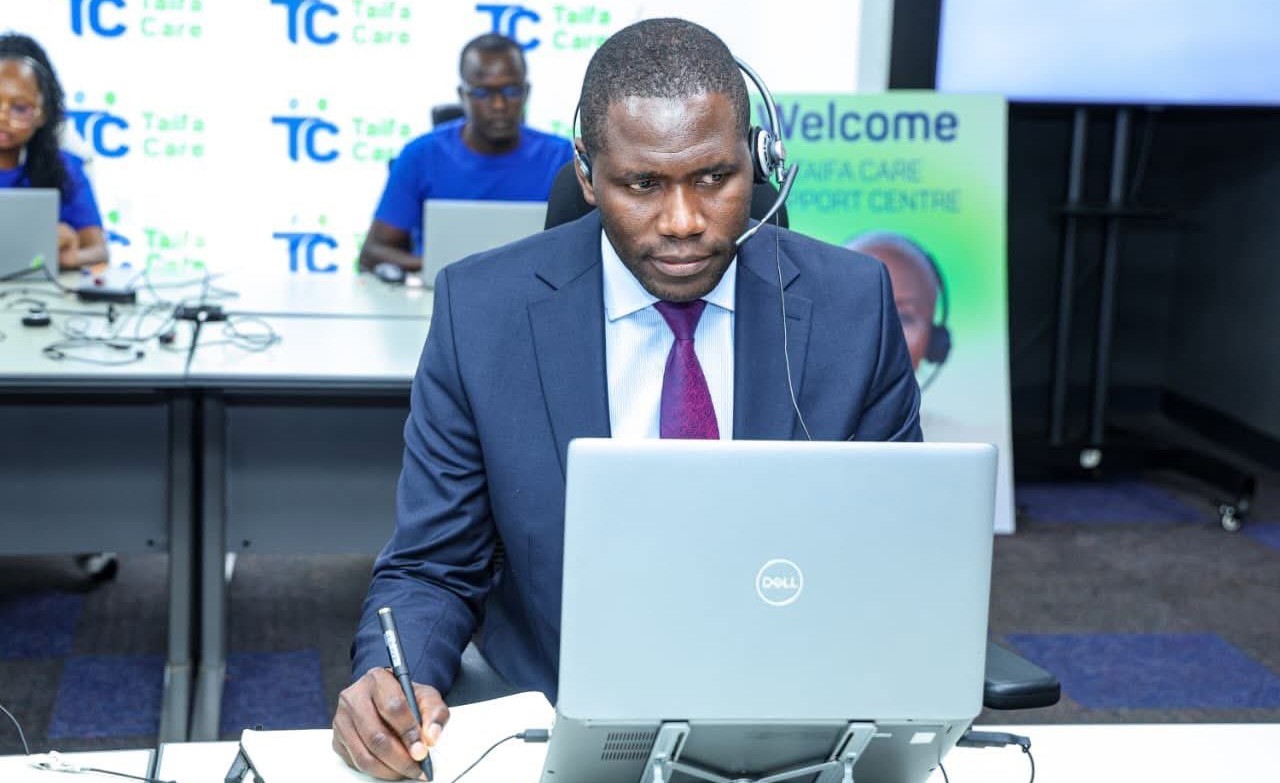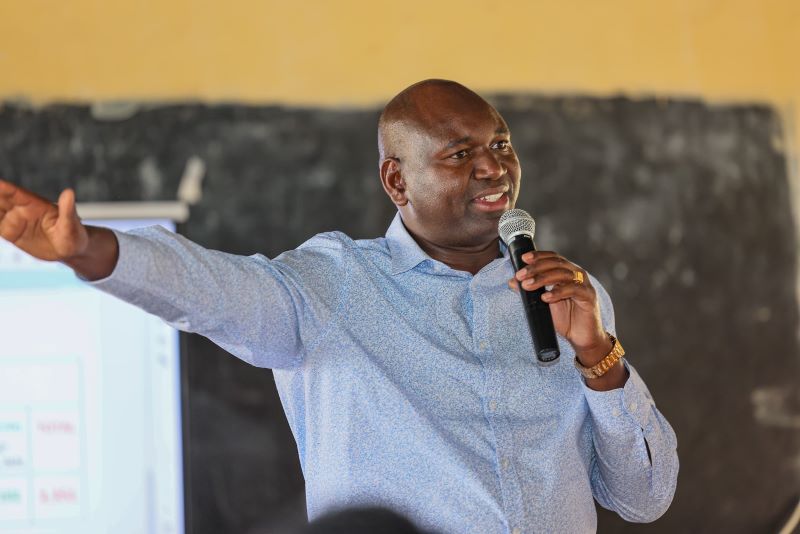Breakthrough in HIV prevention anew PrEP injection offers complete protection for young women
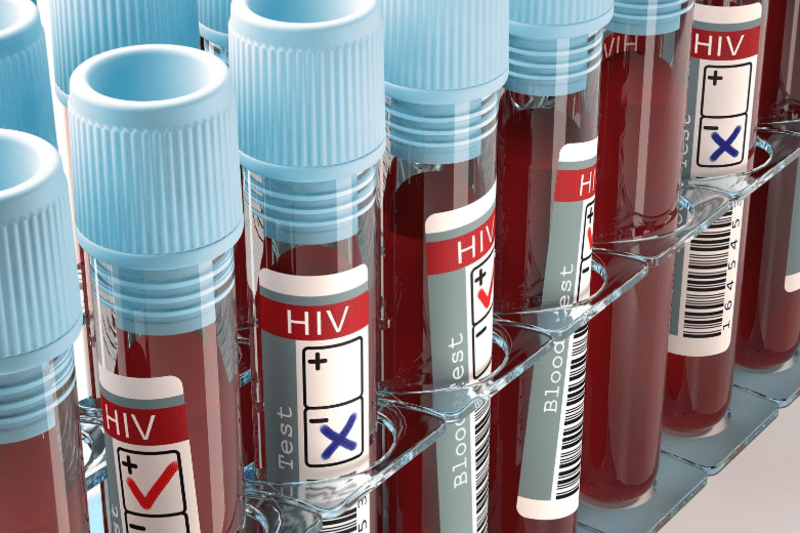
The trial, known as the Purpose 1 trial, involved 5,000 participants across multiple sites and compared the efficacy of lenacapavir with two other PrEP drugs.
A recent clinical trial conducted in South Africa and Uganda has proved that an injection of a new pre-exposure prophylaxis (PrEP) drug, lenacapavir, twice a year, offers complete protection against HIV infection for young women.
The trial, known as the Purpose 1 trial, involved 5,000 participants across multiple sites and compared the efficacy of lenacapavir with two other PrEP drugs.
More To Read
- The night the mountains shook: A doctor on the front lines of Afghanistan’s earthquake
- Kenya battles rising mpox infections as WHO lifts global emergency
- Ethiopia’s emergency medical response system is up and running – what other countries can learn from it
- Mpox deaths near 2,000 in Africa since 2024 amid recent decline in cases: Africa CDC
- Meet Tanzania’s ‘hero rats’ trained to detect landmines, TB and earthquake survivors
- HIV is on the rise among older Africans, but care and research overlook this group – lessons from Kenya, South Africa
In an interview with The Conversation, Linda-Gail Bekker, a physician-scientist involved in the study, highlighted the significance of this breakthrough and its implications for HIV prevention efforts. "This breakthrough gives great hope that we have a proven, highly effective prevention tool to protect people from HIV."
The trial aimed to determine whether lenacapavir, administered every six months via injection, could provide better protection than daily PrEP pills like Truvada and Descovy. The results showed remarkable efficacy, with no HIV infections among the women who received lenacapavir during the randomised phase of the trial, compared to infections in women using daily pills.
Bekker highlighted the challenges young women face with daily PrEP regimens and the potential of lenacapavir to simplify HIV prevention. "For a young woman who struggles to get to an appointment or faces stigma, an injection just twice a year could keep her free of HIV."
The trial's success has prompted recommendations to halt the blinded phase early and offer all participants the choice of PrEP, marking a significant advancement in global HIV prevention.
Efforts to create an HIV vaccine have extended over decades, but many trials have resulted in disappointment.
HIV fight in Kenya
Kenya's Ministry of Health released a report tracking the AIDS response in 2023, highlighting significant progress. Between 2013 and 2022, there was a 68 per cent reduction in AIDS-related deaths, attributed to the widespread availability of antiretroviral drugs (ARVs), decreasing from 58,446 to 18,743 deaths.
New HIV infections saw a dramatic decline of 78 per cent over the past decade, dropping from 101,448 in 2013 to 22,154 in 2022.
The report highlights progress toward eliminating AIDS in children, with a 65 per cent reduction in cases since 2013, from 12,826 to 4,474 in 2022.
Despite these advancements, challenges remain. The highest percentage of AIDS-related deaths (54 per cent) occurred among individuals aged 30-54 years, with men accounting for 48 per cent of these deaths. Men also represent 35 per cent of the total HIV-positive population in Kenya, highlighting the need for targeted interventions for men and boys to reduce AIDS-related mortality.
Adolescents and young people aged 15–34 accounted for 75 per cent of new infections in 2022. The primary modes of transmission were sexual contact and injecting drug use. The report also highlights issues such as sexual and gender-based violence, teen pregnancies, and poor uptake of HIV prevention methods.
According to the World Health Organisation (WHO), HIV remains a significant global public health issue, claiming approximately 40.4 million lives to date, with ongoing transmission in every country. As of the end of 2022, an estimated 39.0 million people were living with HIV, with two-thirds (25.6 million) residing in the WHO African Region. In 2022 alone, 630,000 people died from HIV-related causes, and 1.3 million new infections were reported.
WHO, the Global Fund and UNAIDS, have aligned their global HIV strategies with Sustainable Development Goal (SDG) target 3.3, which aims to end the HIV epidemic by 2030. By 2025, the goal is for 95 per cent of all people living with HIV (PLHIV) to be diagnosed, 95 per cent of those diagnosed to be on lifesaving antiretroviral treatment (ART), and 95 per cent of those on treatment to achieve a suppressed viral load.
In 2022, these figures were 86 per cent, 89 per cent, and 93 per cent, respectively. Overall, 86 per cent of the people living with HIV knew their status, 76 per cent were receiving ART, and 71per cent had suppressed viral loads.
Top Stories Today
Reader Comments
Trending

